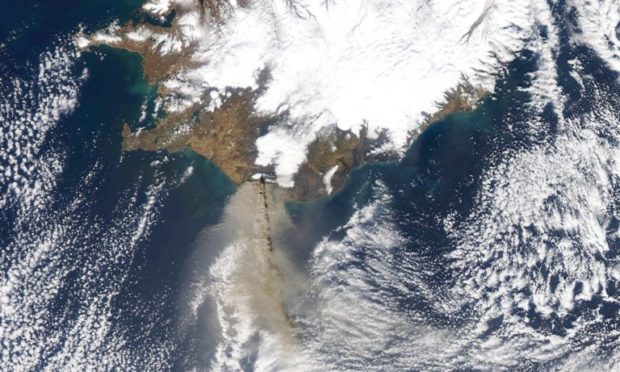A recently closed Dundee satellite centre used by scientists worldwide could be on the move to a Perthshire airfield.
Dundee Satellite Receiving Station (DSRS), which collects images beamed down from space, will be relocated to the former RAF Errol Airfield if a planning application is successful.
Managers of the facility, previously based at the top of a 12-storey Dundee University building, had been looking at setting up elsewhere after being hit by funding cuts.
They intend to site five ground-mounted antennas on disused runways.
The planning application states the new site will provide “good visibility and contact times for polar orbiting satellites as they pass overhead”.
Project leaders say the ground level antennas would also be easier to install and service than at the previous location.
The planning application has been submitted by a new company, Dundee Satellite Station Ltd.
It is taking ownership of the station’s assets from Dundee University and plans to offer commercial services in addition to supporting research work.
Dr Paul Crawford, from Dundee Satellite Station Ltd, said the service was needed worldwide.
He said: “Thousands of new small satellites are planned for launch in the coming years and there is a need for ground stations globally to support them.
“Scotland is already a significant player in the space industry with satellites designed and built here.
“Current expectations are for launch and operations from Scotland as well.
“However, the key ground station infrastructure has yet to be constructed.”
The service was plunged into crisis earlier this year when the Natural Environment Research Council (NERC) axed a £338,000 annual grant.
Dundee University said it could not make up the shortfall and the station was decommissioned.
Mr Crawford said: “This left Scotland with no established ground station to support its expanding space industry, and brought to an end its well-known weather and climate data collection services.
“We have been investigating options for a new location in the area and Errol Aerodrome provides us with an excellent opportunity.”
Images collected by the station help inform scientists of the impact of climate change as well as monitoring large-scale weather events.
In the past, it has captured photos of 2010’s Icelandic volcanic eruption and the Beast from the East which hit Great Britain and Ireland in February and March 2018.
Former NASA space scientist Dr David Baker, who worked on the moon landings in the 1960s and 1970s, previously described the station as “irreplaceable” and said its closure would be a loss to world science.
Dr. Gene Carl Feldman, who works at NASA Goddard Space Flight Center in Maryland, USA, has backed the latest move and described the service as one of the most “reliable, diligent and scientifically reliable” he has ever worked with.










